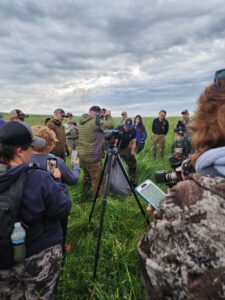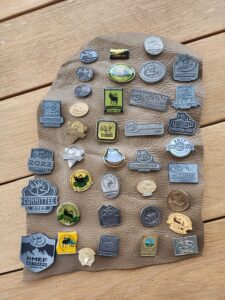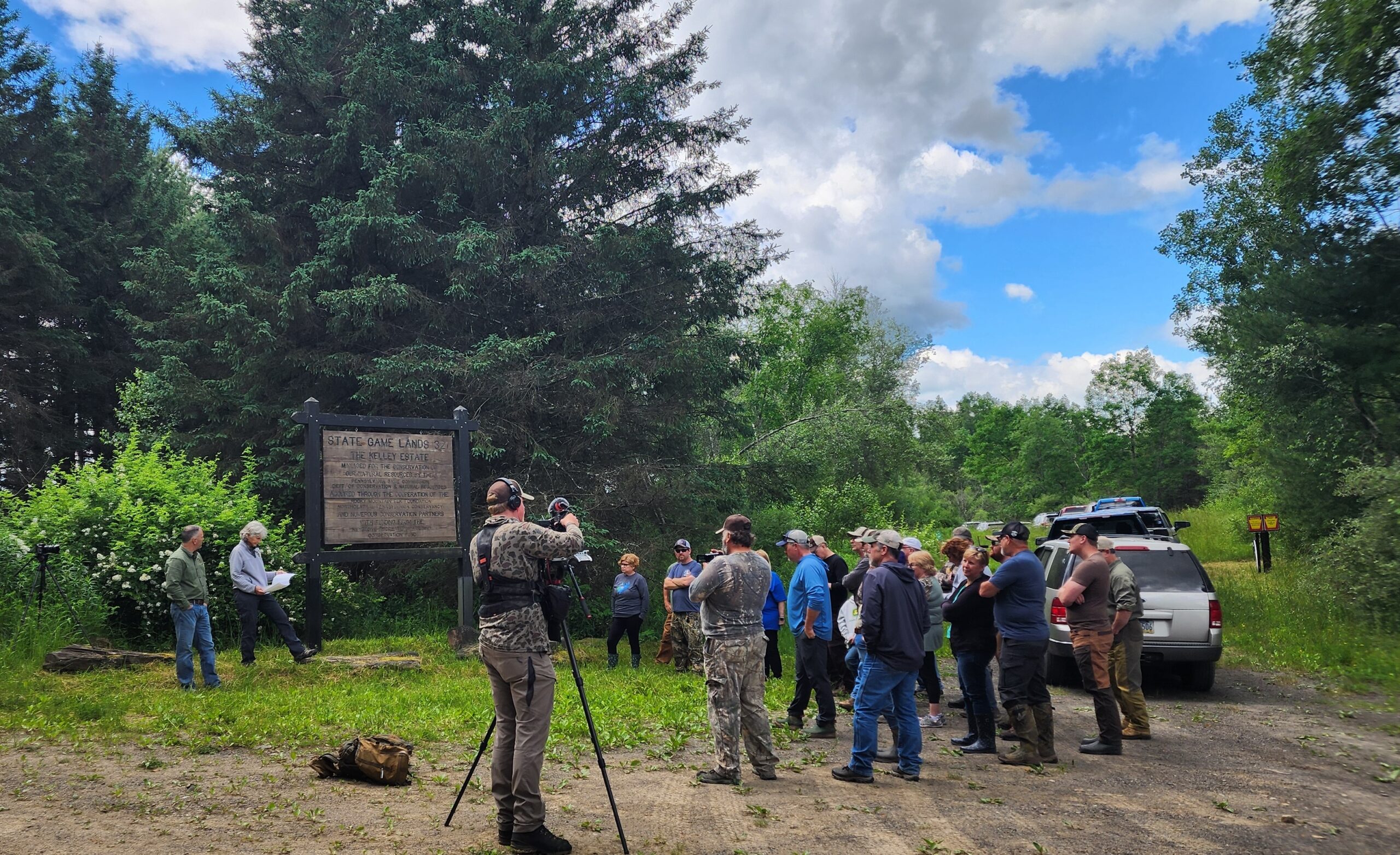Seventy-five Rocky Mountain Elk Foundation volunteers representing 20 chapters, some from as far away as New York and West Virginia, came together in the heart of Pennsylvania’s elk range. Why? To celebrate elk, hunting, conservation, RMEF’s mission and its Keystone State accomplishments dating back to 33 years earlier.
The Pennsylvania Rendezvous took place in early June 2024 at Woodring Farm II, a 2018 RMEF land conservation and access project site that enlarged State Game Lands 311. Activities included a volunteer dinner, participation in the Pennsylvania Game Commission’s (PGC) annual elk calf capture and a tour of the Goetz Summit property, an RMEF project from just six months earlier that added 649 acres of wildlife and riparian habitat to State Game Lands 14.
Make no doubt about it. Finding two elk calves was the highlight of the weekend for volunteers. A PGC biologist weighed, measured and identified the young animals so their movement, habitat use and other behaviors can be monitored and recorded to influence upcoming land and wildlife management decisions to help ensure their successful future.

“Witnessing the capture and processing of two elk calves helped attendees come away with a great appreciation for all that RMEF represents in their volunteer roles,” said Dave Ragantesi, senior regional director of eastern Pennsylvania, Delaware, District of Columbia, Maryland and New Jersey. “In many ways, this also shows a full circle involvement for them and their families as they have a great commitment to RMEF and all we do.”
There would be no elk calf capture, and really no elk at all, if it were not for successful collaboration among partners and proven land management programs. And RMEF has played a measurable, hands-on role dating back to 1991. Since that time, RMEF and its partners completed 569 conservation and hunting heritage outreach projects across the state that conserved or enhanced nearly 30,000 acres and opened or improved access to nearly 11,000 acres.
Working with PGC, the Pennsylvania Department of Conservation and Natural Resources, and other partners, RMEF helped transform thousands of acres including of surface mines or unrestored lands to beautiful and forage-producing landscapes not only for elk but also for whitetail deer, black bears, small mammals, birds, fish and scores of other wildlife species. One such RMEF-supported project led to the stocking of a stream for the first time in nearly a century.
“I have personally seen this transformation by actively visiting the area since 1984 as a Penn State wildlife student. Our class would visit the elk range and complete coursework reports with the help of the PGC,” said Ragantesi. “Now, as an RMEF employee for nearly 30 years, it has been tremendously rewarding to play a role in our elk success story. The health of the land, the improvements to the towns and to the establishment of a huntable elk herd has been fantastic to witness and play a role.”

Pins courtesy Bill Drum, a long-time RMEF volunteer, that represent the energy and commitment of RMEF volunteers
(Photo credit: Rocky Mountain Elk Foundation)
